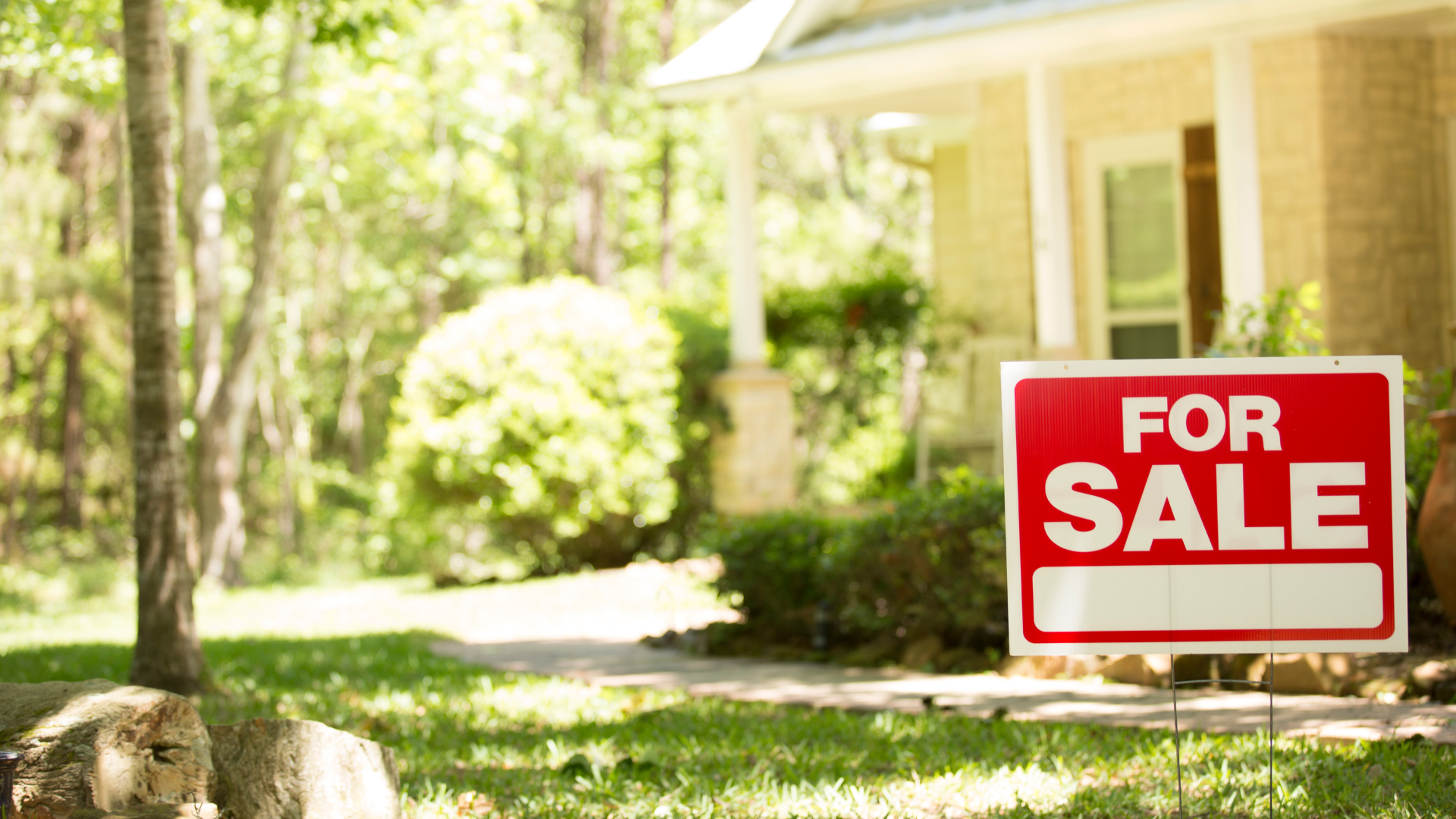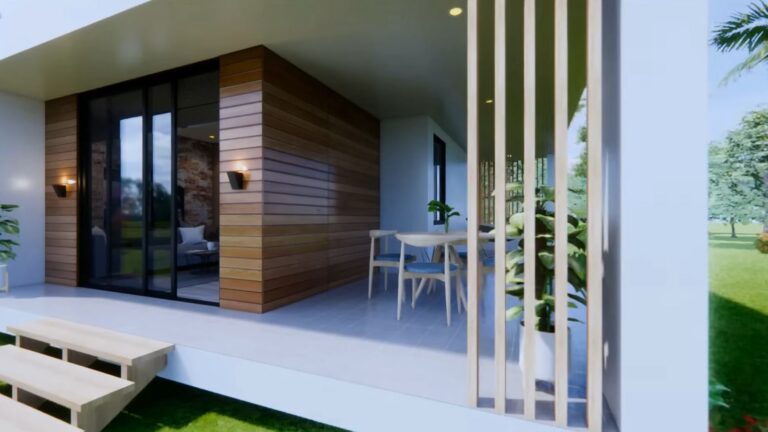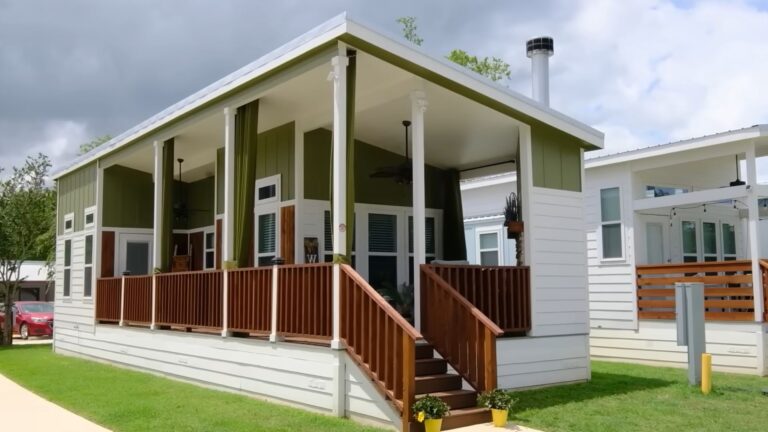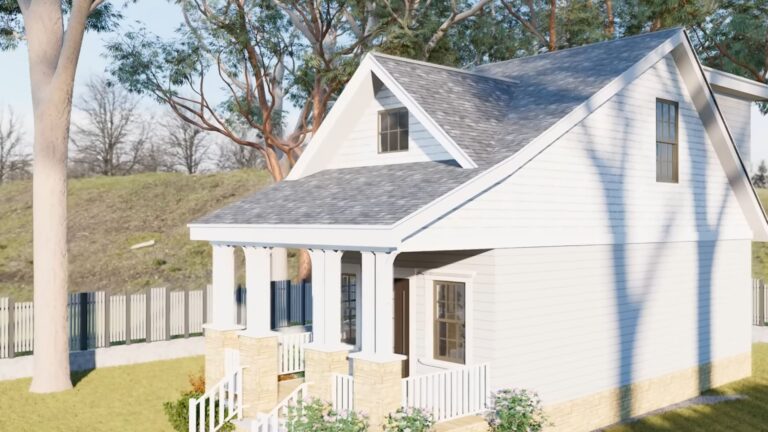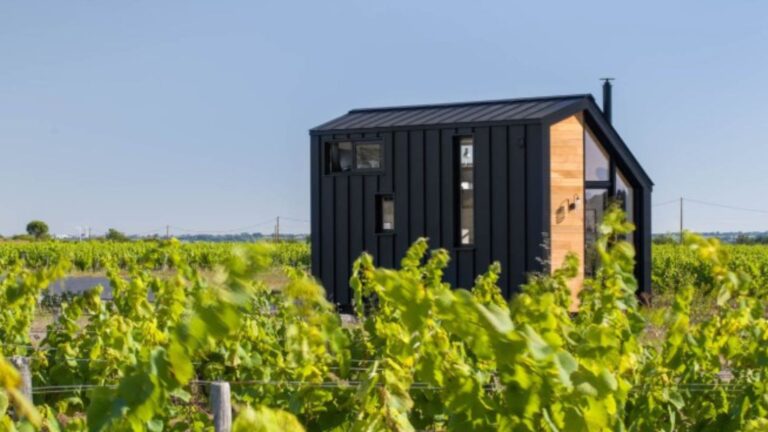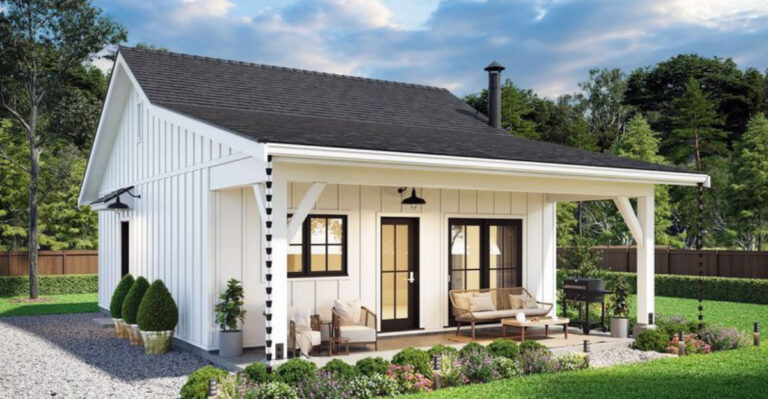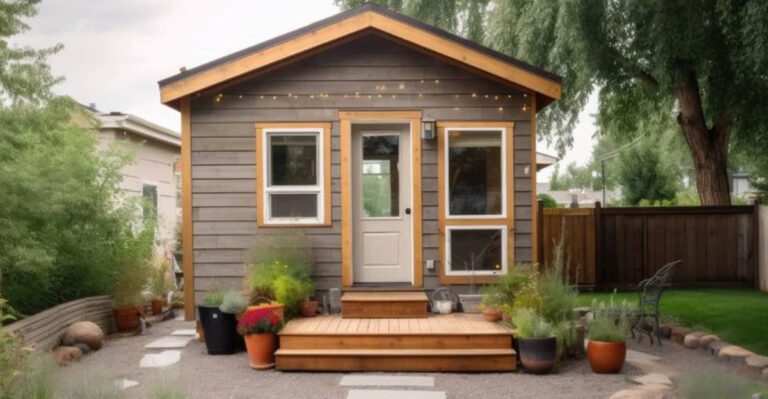15 Things To Watch Out For When Considering Tiny Homes (Plus 5 Extra To Pay Good Attention To)
Tiny homes have become a popular choice for those looking to downsize and simplify their lives. These small spaces offer less clutter and lower costs, but they also come with their own set of challenges.
Living in a tiny home isn’t for everyone, and it requires some careful thought and planning. Before making the leap into small-space living, it’s important to consider the pros and cons.
We’ll explore what you should know about tiny homes and what to expect if you’re thinking of making the switch to a more minimalist lifestyle.
1. Zoning Laws
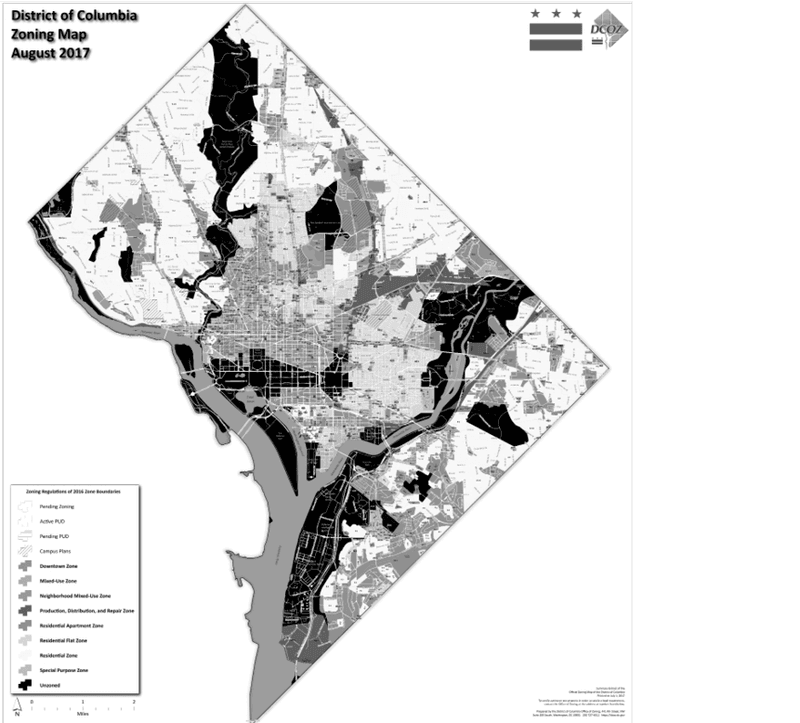
Many municipalities have minimum square footage requirements that tiny homes simply can’t meet. Local ordinances might classify your tiny dream as an illegal dwelling!
You’ll need to research thoroughly before purchasing land or parking your wheeled tiny home. Some areas have specific tiny home communities, while others ban them outright.
Call your local planning department early in your journey to avoid heartbreak later.
2. Storage Solutions Require Creativity
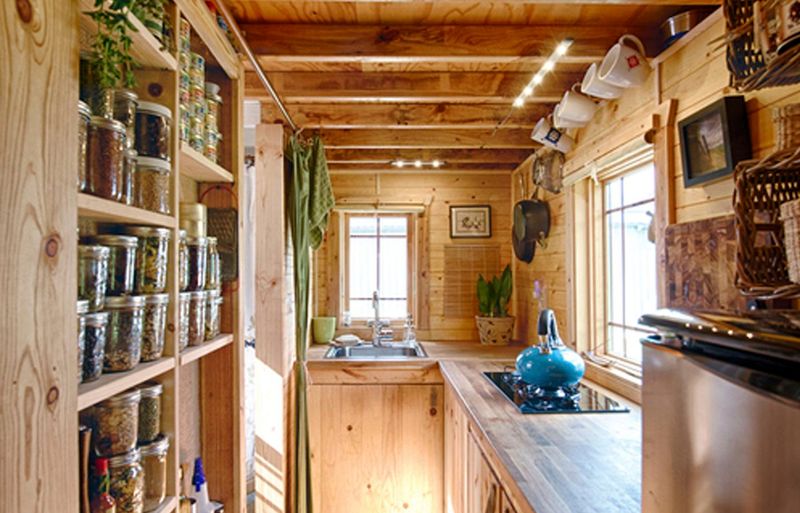
Where will all your stuff go? Tiny homes force brutal decisions about what you truly need versus what you simply want. The average American owns thousands of items that won’t fit in 400 square feet.
Smart storage becomes your new obsession. Think multi-purpose furniture, wall-mounted organizers, and ceiling storage.
Sometimes the hardest part isn’t building the tiny home but figuring out how to store your winter clothes when summer arrives!
3. Financing Can Be Tricky
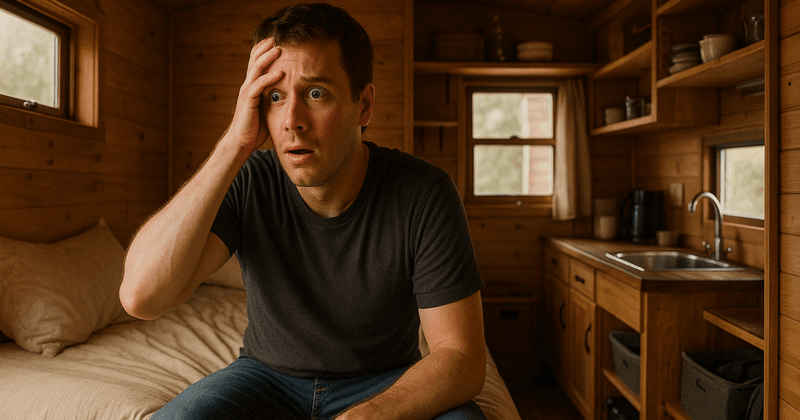
Traditional mortgage lenders often turn up their noses at tiny homes. Banks typically want collateral that fits into established categories, and tiny houses often fall between the cracks of ‘real estate’ and ‘vehicle.’
You might need to explore personal loans, RV loans, or manufacturer financing instead. These options generally come with higher interest rates and shorter terms.
There’s also the DIY route where you pay as you build, avoiding loans altogether.
4. Bathroom Compromises
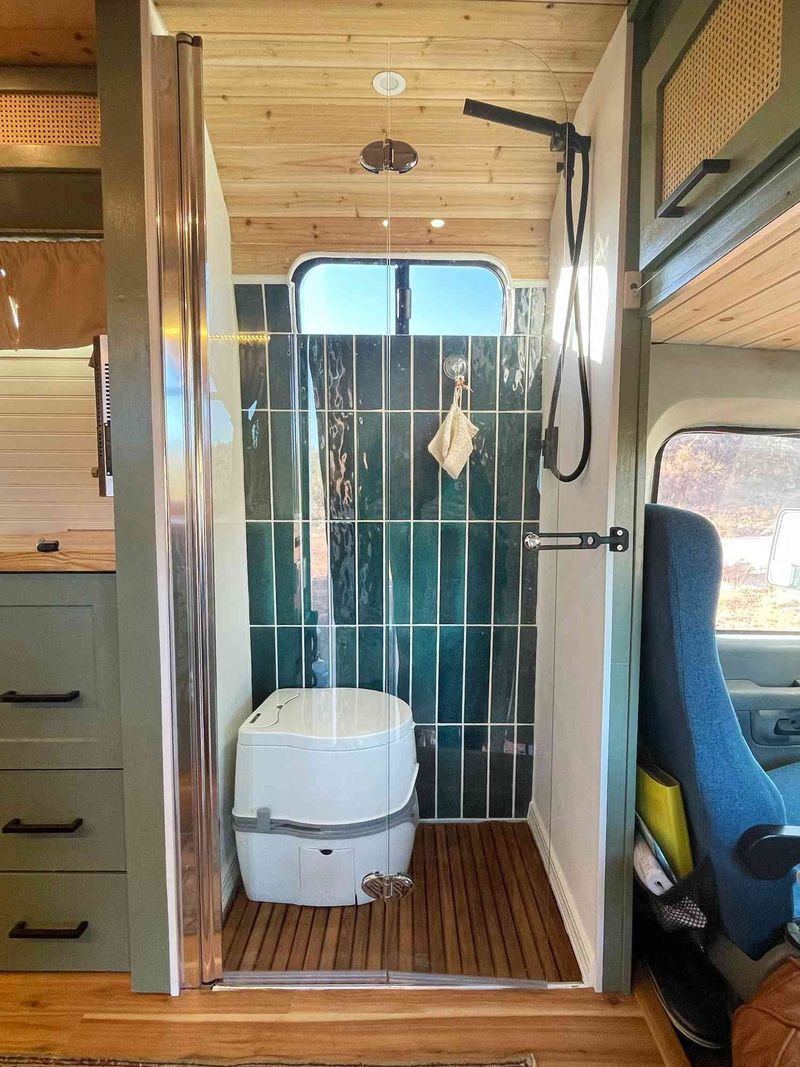
Forget long, luxurious showers! Tiny home bathrooms require serious compromises. Composting toilets might become your new normal, which means handling your waste more personally than you’re used to.
Water conservation becomes critical when your tank holds just 30-50 gallons. Navy showers – where you wet down, turn off water, soap up, then rinse quickly – become standard practice.
If you’re squeamish about bathroom matters, tiny living might flush your comfort zone away!
5. Relationship Stress Tests

Living in close quarters with another person reveals every habit, quirk, and annoyance you both possess. There’s nowhere to storm off to during arguments in 200 square feet!
Couples who thrive in tiny homes develop excellent communication skills and respect for personal space. You’ll need to establish protocols for alone time and privacy.
Think of it as relationship boot camp – you’ll either emerge stronger or realize you need more physical space between you.
6. Weather Vulnerability Increases
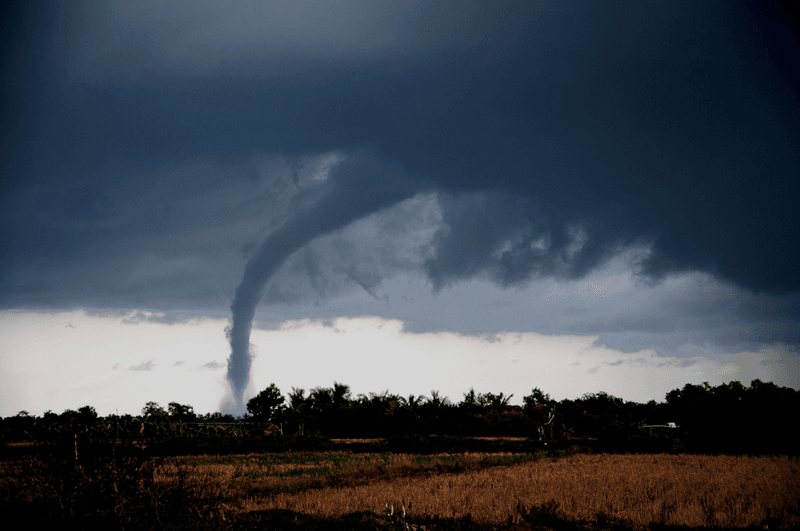
Tiny homes feel weather more intensely than conventional houses. Wind that merely whistles around a traditional home might rock a tiny house on wheels like a ship at sea!
Temperature fluctuations happen faster in small spaces too. Your home can become an oven on summer afternoons or a freezer during winter nights without proper insulation and HVAC.
Extreme weather events pose greater risks, especially for mobile tiny homes that might not withstand severe storms.
7. Appliance Downsizing Challenges
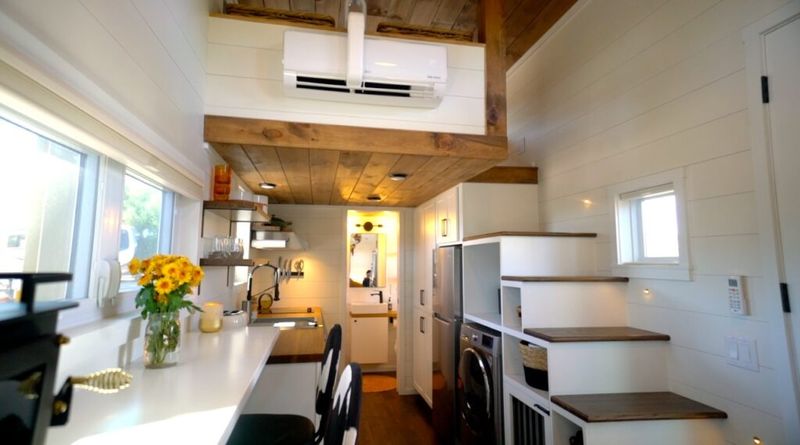
Full-sized appliances are power-hungry space hogs that most tiny homes simply cannot accommodate. Apartment-sized or RV appliances become necessary, but they come with limitations.
Your refrigerator might only hold three days of groceries instead of a week’s worth. Combination washer-dryers take hours to complete what separate units do in half the time.
Cooking ambitious meals becomes tricky when your oven can barely fit a small turkey and your counter space disappears with each appliance you use.
8. Resale Value Uncertainties
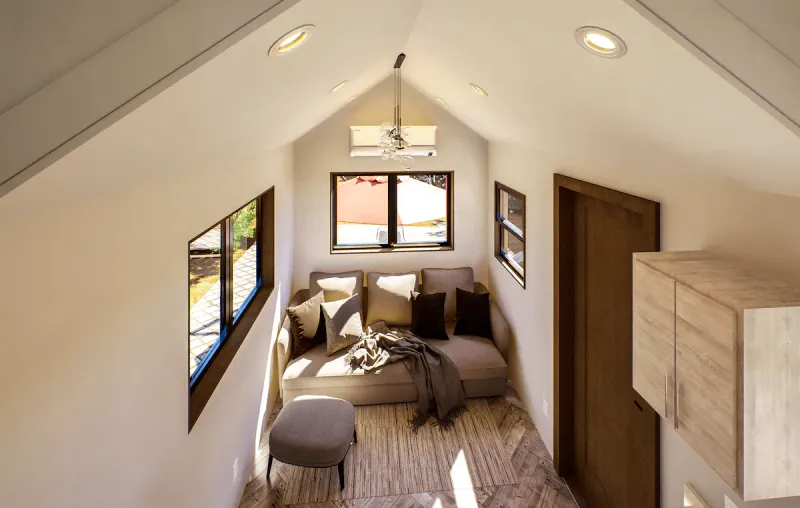
Unlike traditional homes, the tiny house market remains relatively unproven for long-term value retention. Will your investment appreciate or depreciate? The answer isn’t clear yet.
Custom-built tiny homes reflect personal preferences that might limit buyer interest later. What works for your lifestyle might seem impractical to potential future owners.
The tiny home movement continues evolving, making market predictions difficult even for real estate experts who specialize in alternative housing.
9. Insurance Coverage Gaps

Insurance companies often scratch their heads when trying to categorize tiny homes. Is it an RV? A permanent dwelling? Something entirely different?
You might need to cobble together multiple policies to fully protect your investment. Some tiny homeowners use a combination of RV insurance, personal property coverage, and liability protection.
Gaps in coverage can leave you vulnerable to financial loss if disaster strikes, so working with an agent familiar with alternative housing is crucial.
10. Guest Accommodation Limitations
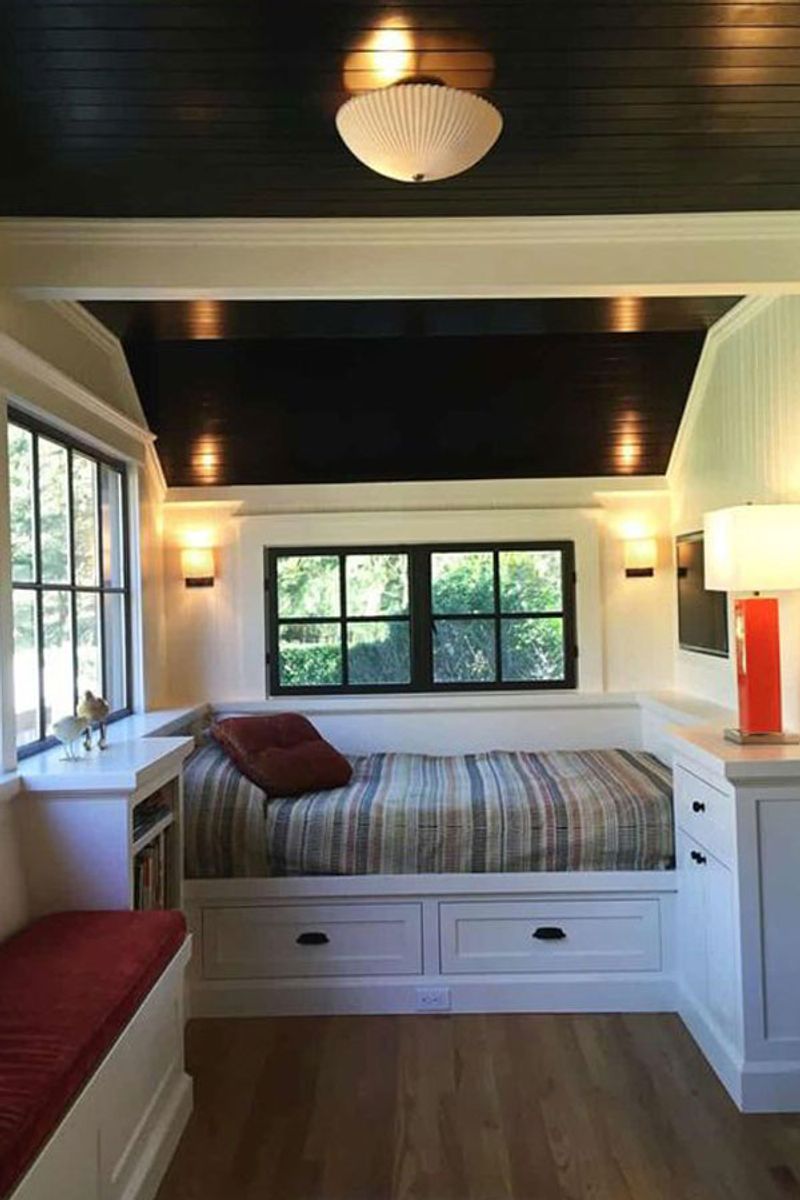
Hosting overnight visitors becomes complicated when your entire home is smaller than some master bedrooms. Where will your parents sleep when they visit? What about friends passing through town?
Convertible furniture helps, but sacrificing your living room to become a guest bedroom means everyone loses privacy. Many tiny homeowners end up booking nearby accommodations for visitors.
Holiday gatherings might need to happen at restaurants or parks instead of your home, changing family traditions.
11. Water And Waste Management Headaches
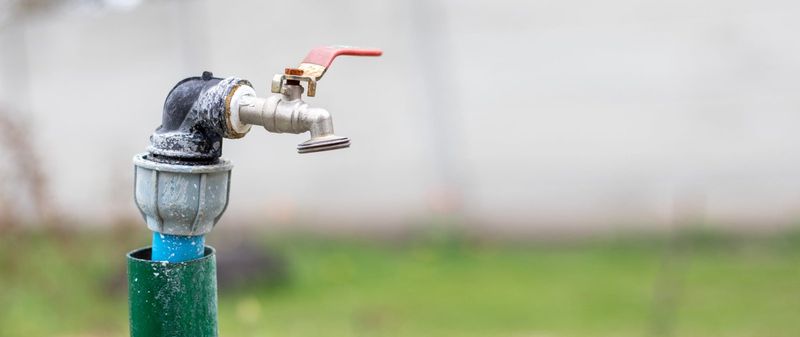
Off-grid tiny homes face significant challenges with water supply and waste disposal. Hauling water becomes a regular chore when you’re not connected to municipal systems.
Greywater requires thoughtful handling, and blackwater from traditional toilets needs proper disposal facilities. Winter brings additional complications as pipes and tanks can freeze.
Even on-grid tiny homes may struggle with low water pressure or inadequate drainage based on their connection setup.
12. Mobility Myths And Realities
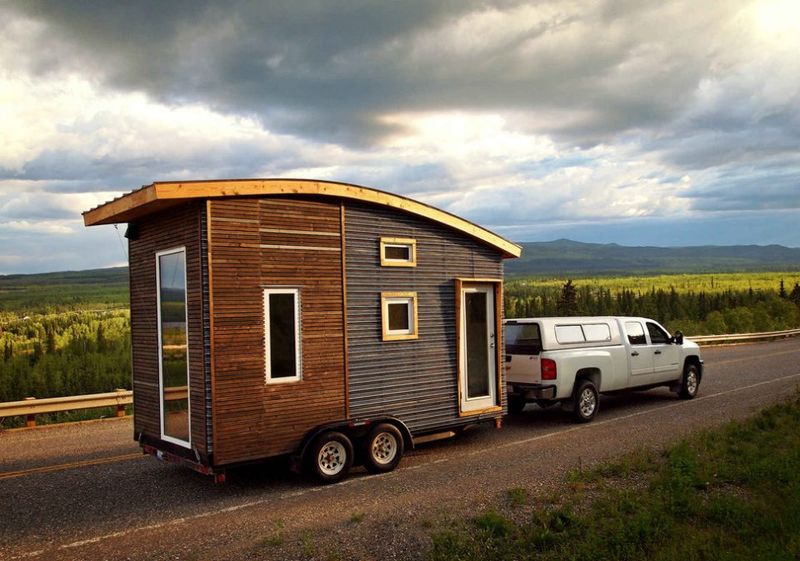
Though many tiny homes have wheels, moving them isn’t as simple as hitching up and driving away. These structures often weigh several tons and require specialized equipment to transport safely.
Each move involves considerable expense and planning. You’ll need permits, possibly police escorts, and a heavy-duty vehicle capable of towing your home without damaging it.
The freedom of mobility comes with practical limitations that some tiny house dreamers don’t fully consider before building or buying.
13. Noise Privacy Problems
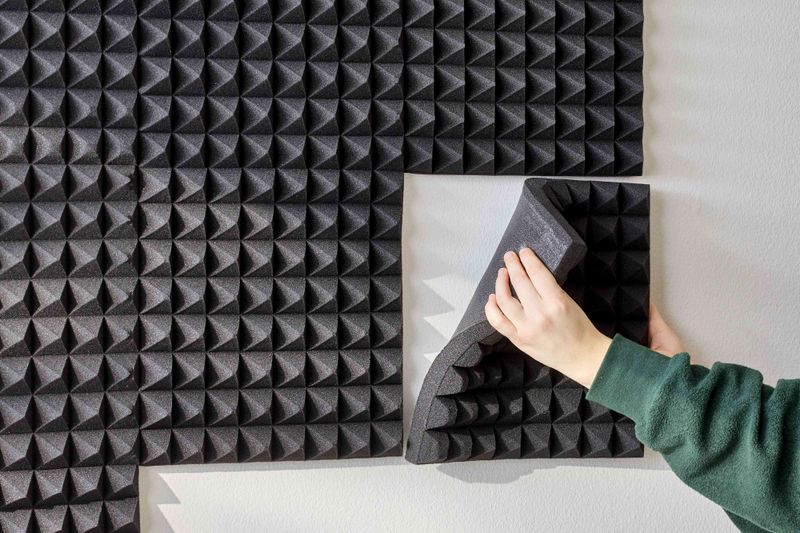
Sounds travel freely in tiny spaces, creating unexpected privacy challenges. Every conversation, snore, bathroom visit, or kitchen activity becomes a shared experience whether you want it to be or not!
White noise machines become essential tools for creating audio boundaries. Scheduling different activities might be necessary to maintain sanity and relationship harmony.
Music lovers and movie watchers often resort to headphones, changing how you enjoy entertainment in your own home.
14. Heating And Cooling Complexities

Climate control in tiny spaces presents unique challenges. Oversized systems waste energy while undersized ones leave you uncomfortable. Finding that goldilocks zone requires expertise.
Wood stoves can quickly overheat small spaces, while electric heaters might strain limited power systems. Summer cooling often relies on cross-ventilation strategies rather than power-hungry air conditioners.
Your tiny home’s orientation to the sun becomes critically important for passive temperature management throughout changing seasons.
15. Lifestyle Adjustment Shock
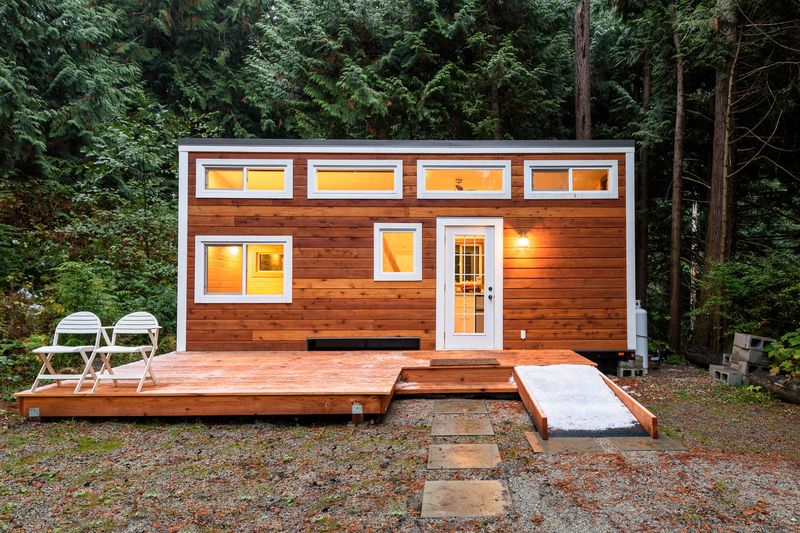
Transitioning from conventional housing to tiny living often triggers unexpected emotional responses. The honeymoon phase can quickly give way to claustrophobia or feelings of deprivation.
Simple tasks like cooking dinner or changing clothes require new approaches. Everything takes more planning when space is limited and systems are different from conventional homes.
Many successful tiny homeowners report a 6-12 month adjustment period before their new lifestyle truly feels comfortable and natural.
16. Power Supply Limitations
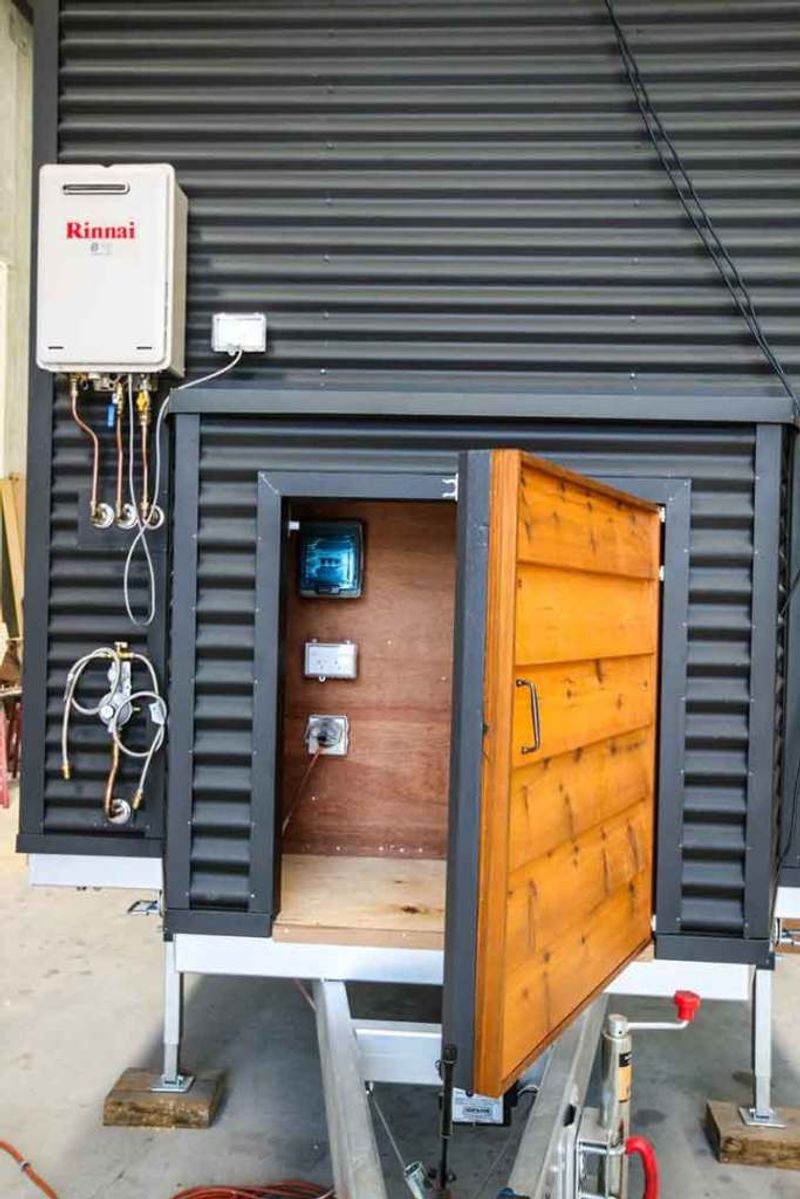
Electricity usage requires careful management in tiny homes, especially those using solar or limited grid connections. Running multiple appliances simultaneously might not be possible without triggering outages.
Off-grid systems need regular maintenance and monitoring. Battery banks require replacement every few years, adding to long-term costs.
Winter months bring additional challenges as solar production decreases while heating demands increase, creating seasonal energy management puzzles.
17. Humidity And Ventilation Issues

Moisture accumulates quickly in confined spaces. Cooking, showering, and even breathing produce water vapor that can lead to mold problems if not properly vented.
Tiny homes need thoughtful ventilation systems that work in all weather conditions. Window condensation becomes more problematic when interior and exterior temperature differences are significant.
Balancing fresh air needs with heating efficiency challenges many tiny homeowners, especially in colder climates where opening windows isn’t always practical.
18. Mail Service Complications
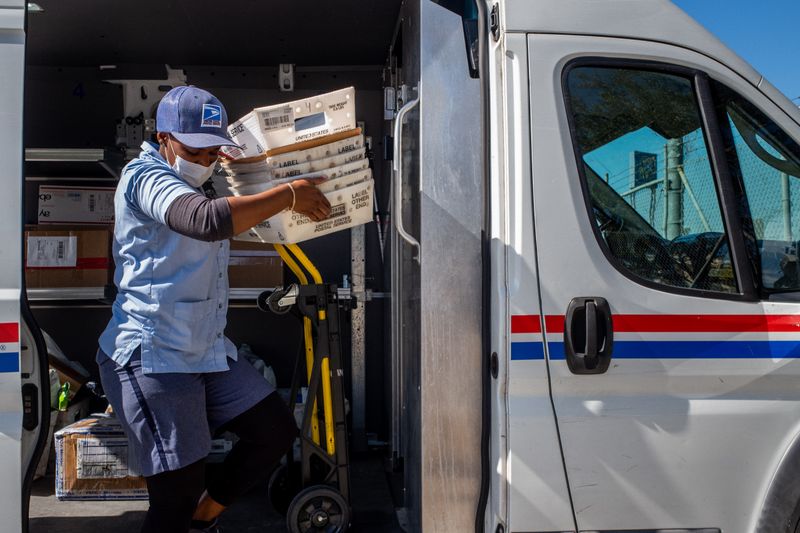
Where does your mail go when your address changes frequently or isn’t recognized by postal services? This seemingly minor issue creates surprising complications for many tiny dwellers.
Mail forwarding services become necessary expenses for those who move their homes. Packages present particular challenges when delivery requires someone to be present.
Important documents, voting registration, and legal matters all depend on having a stable address that tiny living doesn’t always provide.
19. Resale Market Limitations
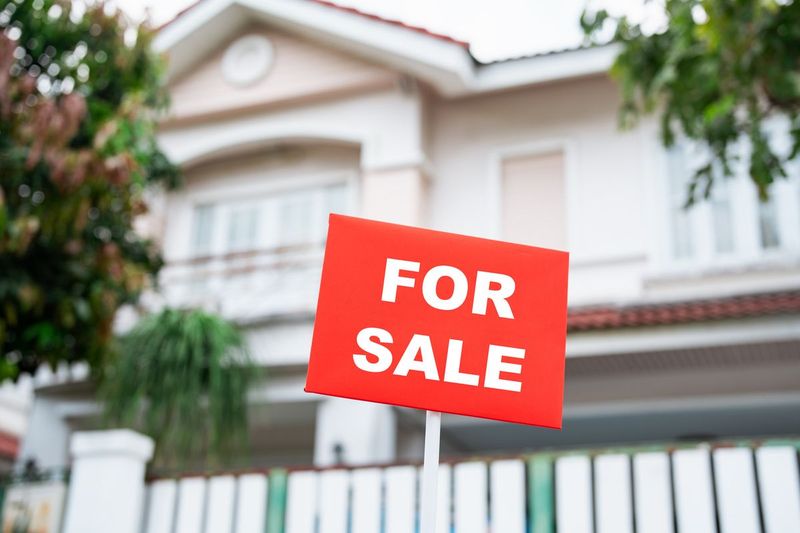
Finding buyers for your tiny home might prove challenging when you’re ready to move on. The pool of interested purchasers remains smaller than for conventional homes, potentially extending your selling timeline.
Highly personalized tiny homes can further limit appeal. Your perfect composting toilet setup might be exactly what turns off otherwise interested buyers!
Location flexibility helps with resale, as homes on wheels can be transported to where demand exists rather than being tied to local market conditions.

